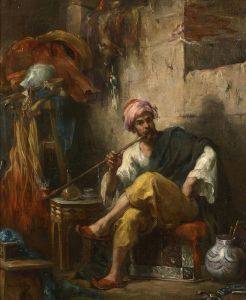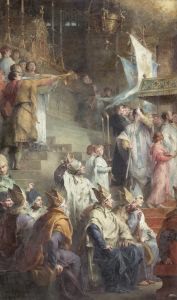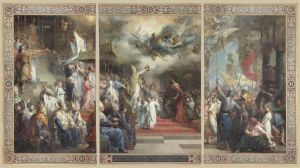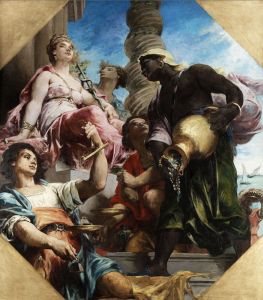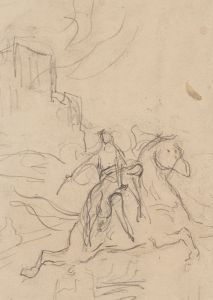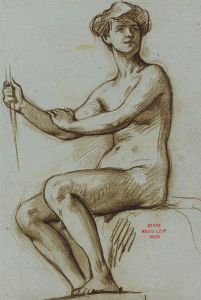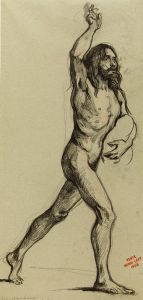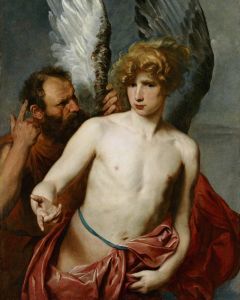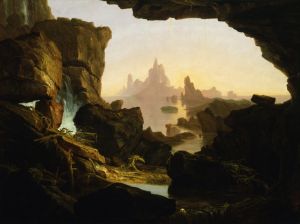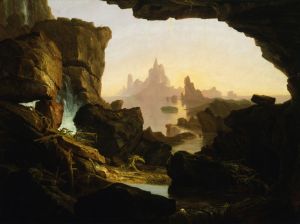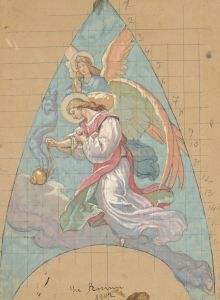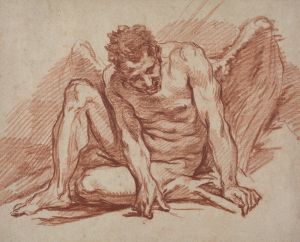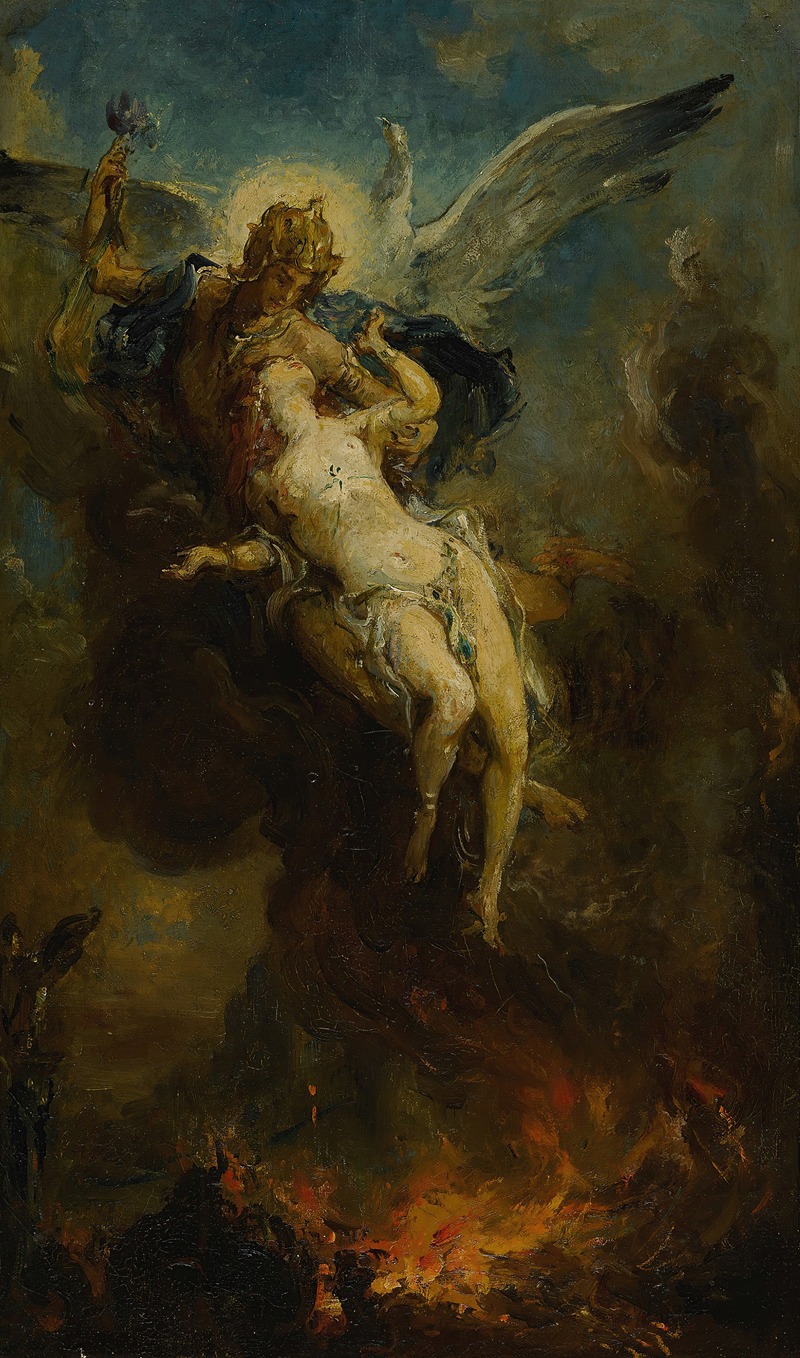
The Phoenix
A hand-painted replica of Henri Leopold Lévy’s masterpiece The Phoenix, meticulously crafted by professional artists to capture the true essence of the original. Each piece is created with museum-quality canvas and rare mineral pigments, carefully painted by experienced artists with delicate brushstrokes and rich, layered colors to perfectly recreate the texture of the original artwork. Unlike machine-printed reproductions, this hand-painted version brings the painting to life, infused with the artist’s emotions and skill in every stroke. Whether for personal collection or home decoration, it instantly elevates the artistic atmosphere of any space.
Henri Leopold Lévy was a French painter born on September 23, 1840, in Nancy, France, and he passed away on December 29, 1904, in Paris. Lévy was known for his historical and religious paintings, and he was a student of François-Édouard Picot and Alexandre Cabanel at the École des Beaux-Arts in Paris. His works often depicted mythological and biblical themes, rendered in a style that combined academic precision with a romantic sensibility.
One of Lévy's notable works is "The Phoenix," a painting that exemplifies his skill in capturing mythological subjects with dramatic intensity and meticulous detail. The phoenix is a legendary bird from Greek mythology that is cyclically regenerated or reborn. According to the myth, the phoenix dies by bursting into flames and is then reborn from its ashes, symbolizing immortality, renewal, and the eternal cycle of life and death.
"The Phoenix" by Henri Leopold Lévy portrays this mythical creature in a moment of transformation. The painting captures the dramatic scene of the phoenix rising from its own ashes, surrounded by flames. Lévy's use of vibrant colors and dynamic composition brings the myth to life, emphasizing the themes of rebirth and renewal. The bird's feathers are depicted with intricate detail, showcasing Lévy's technical prowess and his ability to convey texture and movement.
Lévy's interest in mythological subjects was part of a broader trend in 19th-century European art, where artists sought to explore themes from ancient myths and legends. This interest was fueled by a fascination with the exotic and the timeless, as well as a desire to find universal truths in these ancient stories. Lévy's "The Phoenix" fits within this context, offering a visual interpretation of a myth that has captivated human imagination for centuries.
Throughout his career, Lévy exhibited his works at the Salon, the official art exhibition of the Académie des Beaux-Arts in Paris. His paintings were well-received, and he earned several accolades, including medals at the Salon. Lévy's ability to blend academic rigor with emotional depth made his works stand out, and "The Phoenix" is a testament to his artistic vision and technical skill.
In addition to his mythological paintings, Lévy also created religious works, portraits, and genre scenes. His diverse body of work reflects his versatility as an artist and his commitment to exploring a wide range of subjects. Despite the changing tastes and artistic movements of his time, Lévy remained dedicated to his own artistic principles, producing works that continue to be appreciated for their beauty and craftsmanship.
Henri Leopold Lévy's "The Phoenix" remains an important example of 19th-century French painting, embodying the era's fascination with myth and the enduring appeal of the phoenix as a symbol of rebirth and renewal. The painting showcases Lévy's ability to bring mythological themes to life with vivid detail and emotional resonance, making it a significant piece in the history of art.






